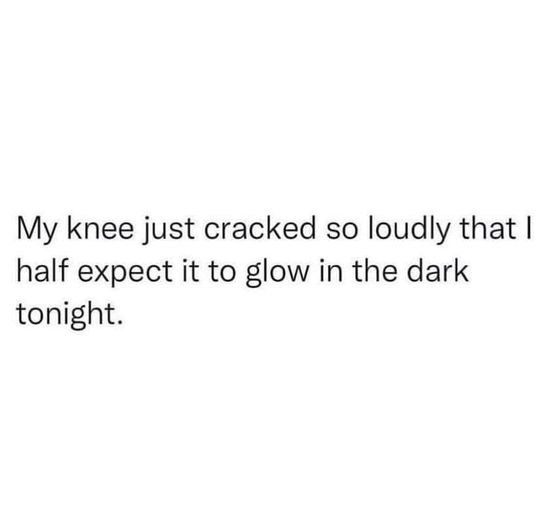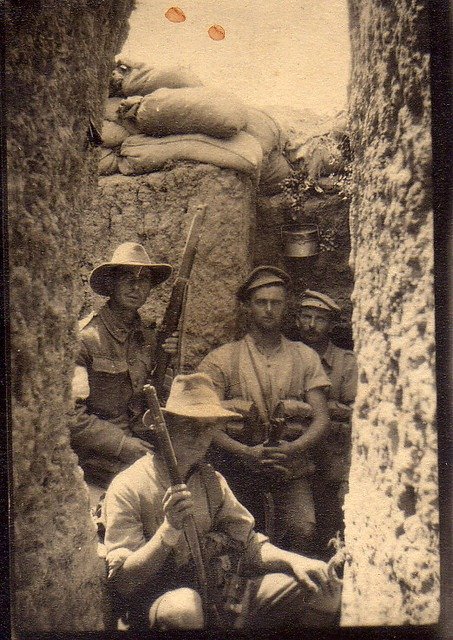-
Posts
10,999 -
Joined
-
Last visited
-
Days Won
87
Content Type
Profiles
Forums
Events
Everything posted by Buckshot Bear
-
-
-
-
Yep.....thought the same. He's probably going to be using a walking frame.
-
-
-
-
-
That was funny Eyesa
-
-
-
Digger An Australian soldier. The term was applied during the First World War to Australian and New Zealand soldiers because so much of their time was spent digging trenches. An earlier Australian sense of digger was ‘a miner digging for gold ’. Billy Hughes, prime minister during the First World War, was known as the Little Digger. First recorded in this sense 1916. 1918 Aussie: 2015 Daily Telegraph (Sydney) 26 January: Australia's special-forces troops .. dominate the military division of the 2015 Australia Day Honours. They include a major who planned an 'unprecedented operation' to capture a rogue Afghan sergeant who murdered three Australian diggers. Image: Australian soldiers in trenches at Gallipoli, 1915
-
-
-
-
-
-
-
-
-
These are the most common Brazos - https://www.taste.com.au/recipes/bread-butter-pudding-7/9d7ab7b6-95ba-4fc4-ac3d-5500c882480b https://www.recipetineats.com/bread-and-butter-pudding/ We had this for dessert so often when I was a kid (everyone did) and going to other folks homes there were always slight variances but they all tasted good Our Grandkids always ask my wife to make it for them.
-
-
-
Still better than the Fix Or Repair Daily
-
https://en.wikipedia.org/wiki/Eyre_Highway

























